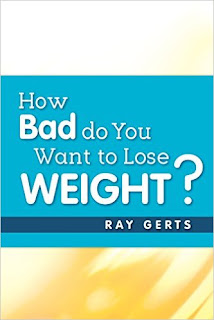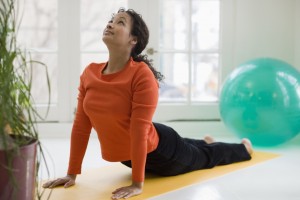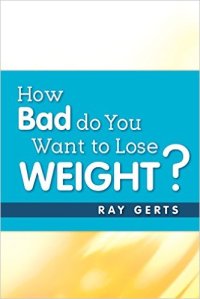If you are struggling with overweight or obesity, or otherwise would like to maintain your weight or prevent obesity, you may be wondering if it would be beneficial to weigh yourself frequently, and, if so, how frequently. Recent research has finally shed some light on this question.
Benefits of Daily Weights
A recent study has shown that weighing yourself daily—and then plotting your daily weights on a chart every day—can improve your weight-loss progress, particularly if you are making changes in your dietary habits and specifically trying to lose weight.
Researchers tested daily self-weighing and visual feedback (in the form of the daily weight chart) to see how helpful this could be as a weight-loss and weight maintenance tool over the course of two years. The study authors found a significant difference in weight loss, which was greater in the group weighing themselves daily. This was particularly true for male participants.
Another study also found that daily weighers lost significantly more weight than those who weighed themselves less than daily.
And yet another study, which looked at the effects of daily weighing on weight loss over a six-month period of time, found that those participants who weighed themselves daily were able to lose significantly more weight than those who weighed themselves less frequently.
The Right Combination
What these and other studies seem to show is that it is the combination of weighing one’s self daily and keeping track of these daily weights in a visual format--whether by a chart, graph, or other means—that is most beneficial for helping to achieve meaningful weight loss.
Additionally, since a common mistake that leads to weight gain is not weighing yourself with any frequency, it stands to reason that one way to stay on top of your weight and prevent obesity is to step on that scale every day. If you wait until your pants or skirt are too tight, you’ve waited too long to check in on your weight.
Do yourself a favor and let an objective measurement of your weight, such as the scale, and of your waistline, such as your waist circumference, be the information on which you rely to tell you whether or not you are slowly gaining weight. These, along with body mass index (BMI), are objective measures that you can compare with nationally recommended ranges.
Best Way to Weigh Yourself
The best way to weigh yourself is on the same scale, at the same time, every day. I advise my patients to weigh themselves first thing in the morning on their home scales before eating anything, preferably before they step into the shower so they are not wearing any clothing that can contribute to the final total weight.
For menstruating women, weights can fluctuate depending on the time of month and cycle, and for everyone, weight can vary by a few pounds dependent upon salt intake and water retention. Keeping a log of your weights will show you your patterns over a few months and the relationship of your weight to hormonal and dietary factors.
Your weight will fluctuate from one day to the next and that's normal but weighing every day will keep your mind on the goal, it helps to keep you focused. At the end of a week, you want to see that you're moving in the right direction. And if you log weight, exercise, food, and drinks you can see where your mistakes are and you will slip, but that's normal too. The log will help you get back on track.
I write E-books and blogs about fitness and weight loss. I’ll show you the cheapest, inexpensive way to lose weight. Right now and for a limited time, my E-book, "How Bad Do You Want To Lose Weight”, is $1.99 on all the major sites. Amazon.com, iBooks, B&N.com, Scribd.com, Kobo.com and many others in several other countries.







